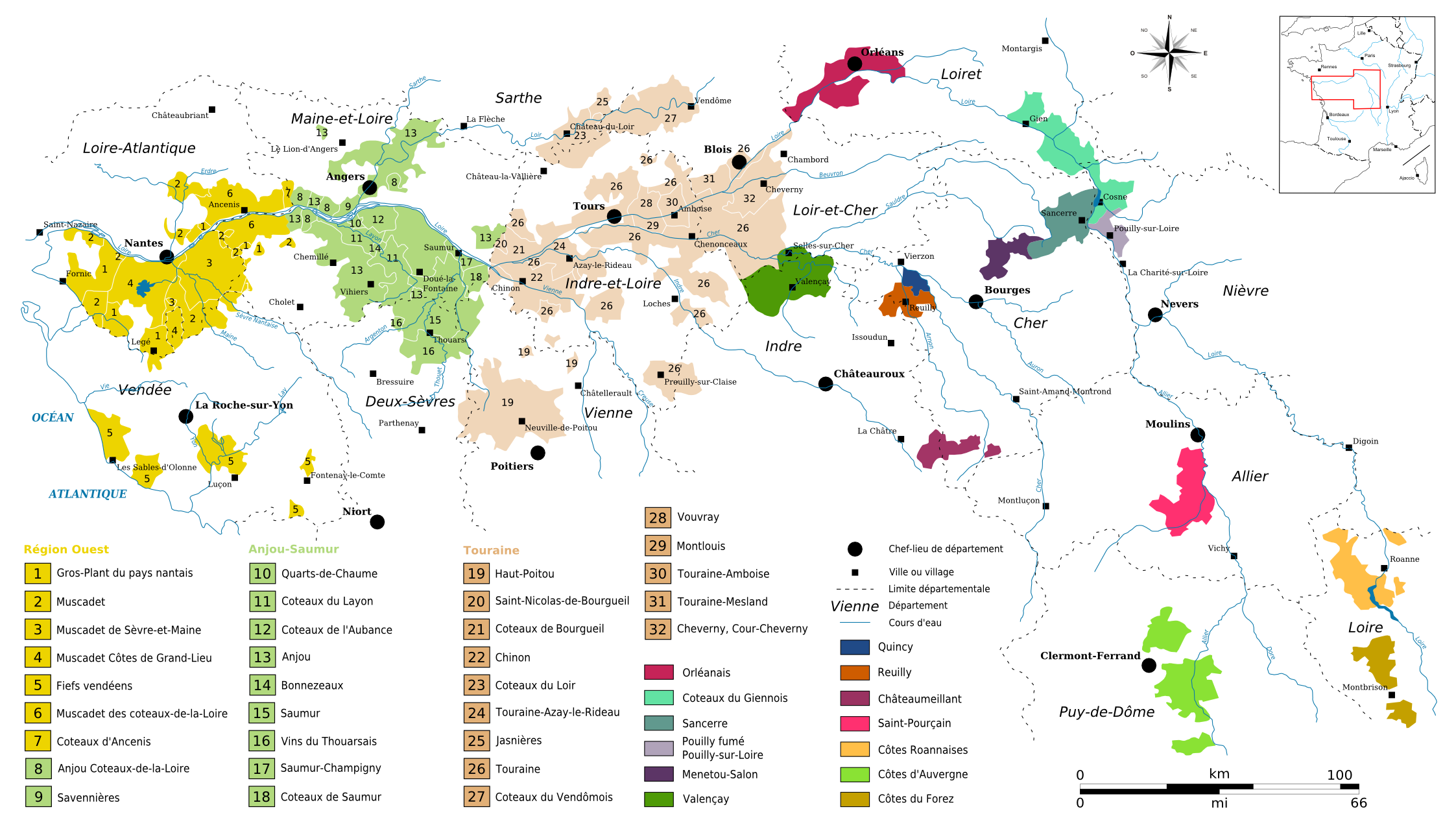We’re changing things up a bit. Maybe it’s because restrictions are being lifted and some people — those who don’t own old houses in need of expensive repairs — are now able to book their own flights to France and my frustration at still not being able to go makes writing about pretend travel too unbearable.
So this is what I’m going to do. For regions of France that I have not personally visited, I’ll share my research and curation skills to provide what I think are the most interesting resources about the place.
And I will continue to make food because that is what I do.
Corsica, or Corse as the French call it, is a large, distinctively-shaped island in the Mediterranean closer to Italy than to France, but it has been part of France since 1768. The following year, Napolean Bonaparte was born there, and the rest, as they say, is history.
The rest, for me, is the promised resources for learning more about L’île de beauté.
You can rarely go wrong by starting with The New York Times. This 2016 travel piece is a semi-insider’s introduction to Corsica’s history, culture, food, and scenic attractions.
One reason I’m scaling back my travel coverage here is because it seems pointless when I can just refer you all to the excellent episodes of Échappées belles. This French travel show has been to Corsica at least three times: an overview, a focus on Haut-Corse, and a gourmand special. Even if you can’t understand French, you’ll enjoy the scenery.
Not suprisingly, Saveur focuses on the food of the “pleasure island” and it made me hungry.
So after reading that, I googled for some herby Corsican recipes and decided on the simplest: a mint omelette. I can’t get the Corsican cheese, of course, so I opted for fresh goat cheese as a substitute and plucked the mint from my garden. That and 3 eggs gave me all the ingredients I needed:

If you’ve never made an omelette, it’s easy. Crack the eggs into a dish, then beat them until well-blended. Heat an omelette pan or skillet (preferably non-stick) and add a little oil or butter if you’d like. Pour the egg mixture in the pan and cook over medium-low heat. You can stir the eggs gently with a fork to help it along, and once the bottom starts to set, if you don’t want your omelette very runny, left the edges up slightly and tilt the pan so the uncooked eggs move to the edges. When the omelette is done almost to your liking, add the filling. In this case, it was chopped milk and crumbled cheese. Then fold it in half and serve. Salt and pepper and any other seasonings can be added to the interior before you fold or sprinkled on the finished omelette.

I also made a Corsican soup recipe from Let’s Eat France, but I forgot to photograph. It was delicious! Basically a vegetable soup with red beans and lots of herbs, including more mint, and I finished it with a leftover mint sauce to bring out the herbaceous flavors. There are lots of variations of this soup recipe on the internet, and maybe it would be fun to try them all, or just riff on one with what you have on hand.
Coming next: Provence, with my own travel stories and photos


































